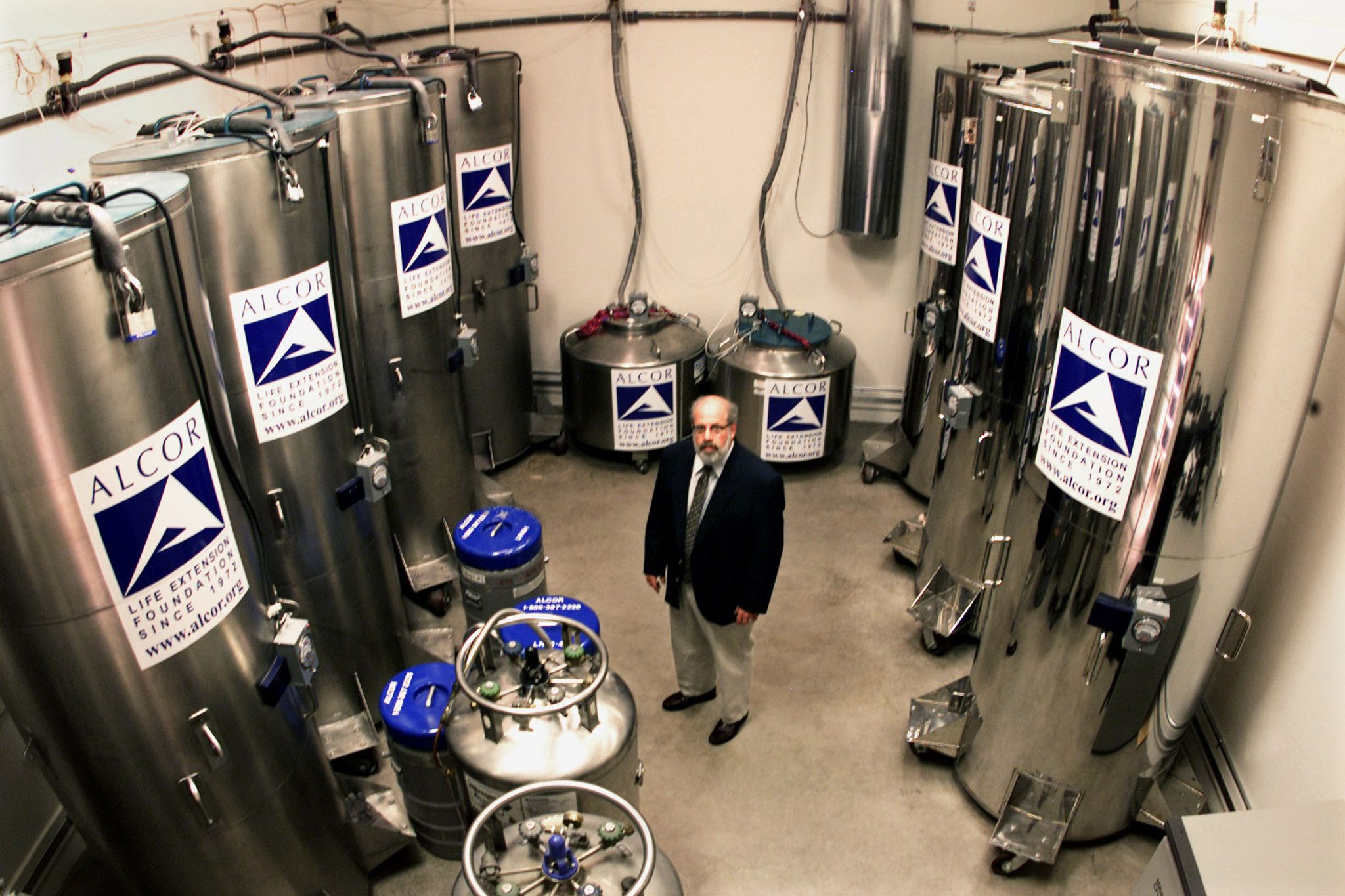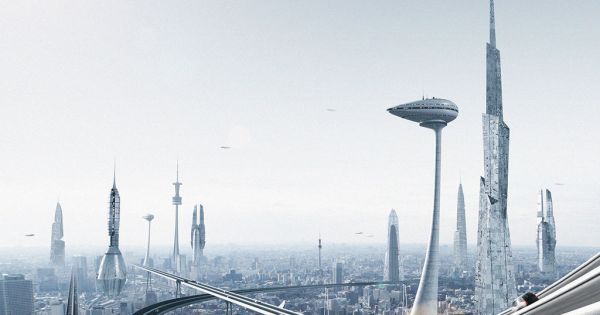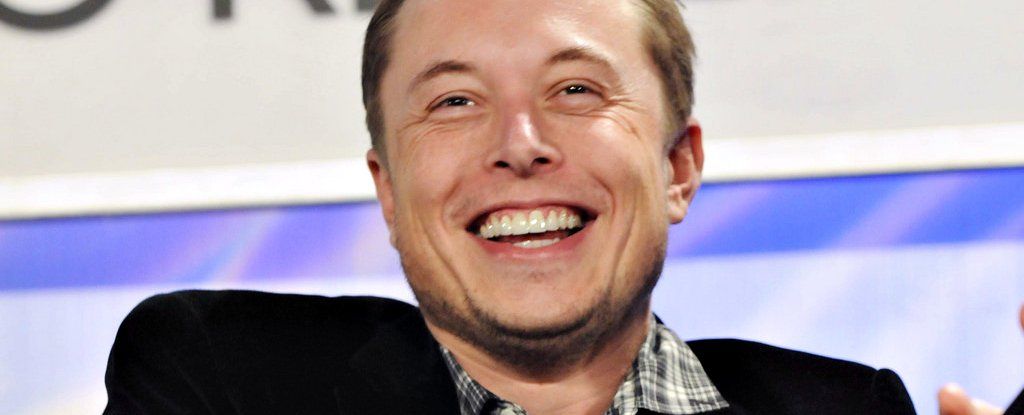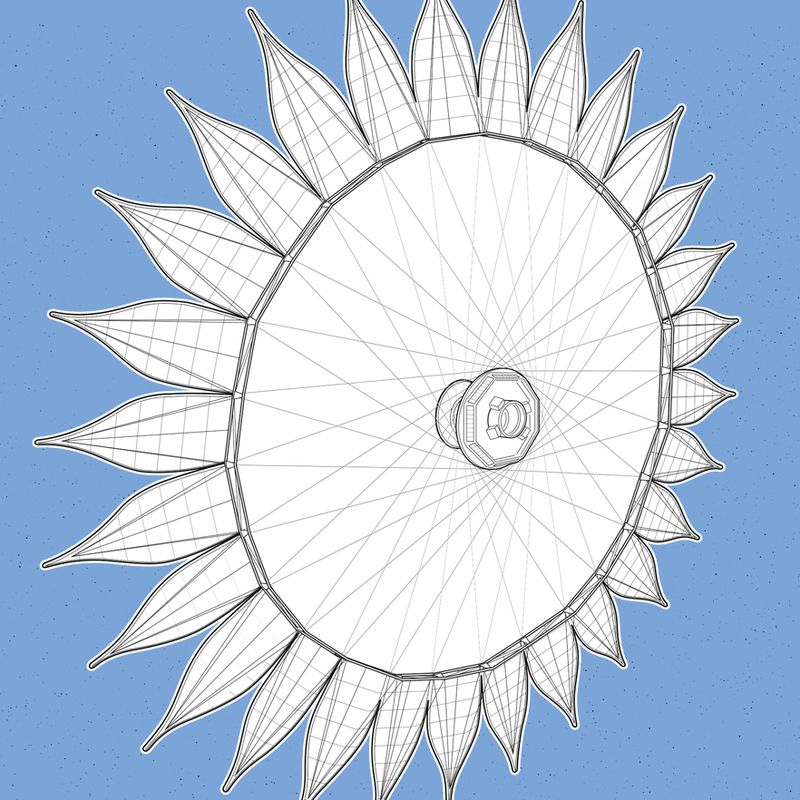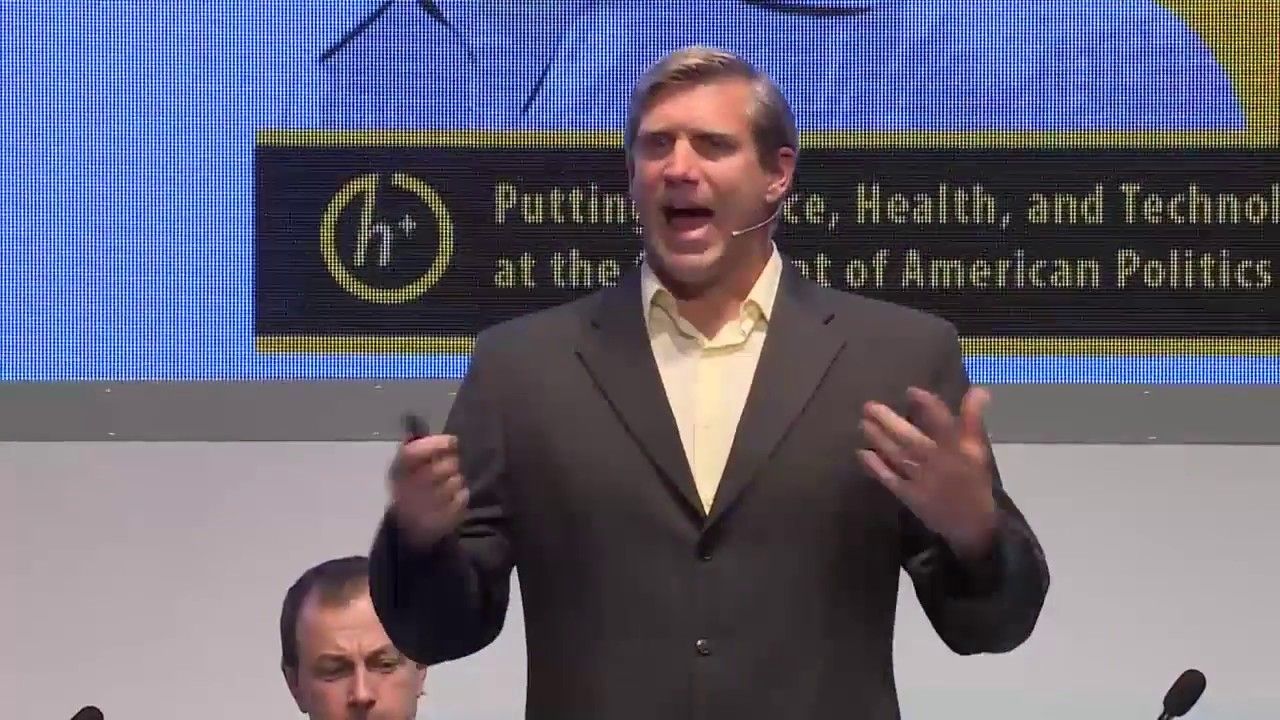Page 10657
Nov 20, 2016
In Opinion: ‘Dead is gone forever:’ The need for cryonics policy
Posted by Zoltan Istvan in categories: cryonics, life extension, policy, transhumanism
Check out my latest story for Newsweek: http://www.newsweek.com/dead-gone-forever-need-cryonics-policy-523030 #transhumanism #cryonics
The case of a 14-year-old UK girl whose body was preserved after death highlights the need for governments to take cryonics seriously.
Nov 20, 2016
80% of IT Jobs can be Replaced by Automation, and it’s ‘Exciting’
Posted by Elmar Arunov in categories: biotech/medical, employment, law, robotics/AI, virtual reality
In Brief:
- Computing pioneer, Vinod Khosla, envisions a future where Artificial Intelligence will take over 80 percent of IT jobs.
- IT guys are not the only white collar professionals who Khosla sees as replaceable by VR they also join doctors, lawyers, and accountants on the growing list.
Nov 20, 2016
A Brief Explanation of the Kardashev Scale: How Far Can Humanity Really Advance?
Posted by Elmar Arunov in categories: biotech/medical, space travel
Let’s be honest, we have our fair share of problems on planet Earth: war, floods, disease, poverty, environmental destruction, Justin Bieber (the list goes on and on, really). But we also have a lot of things going for us: the Alcubierre Warp Drive, invisibility cloaks, the Mars rover missions, the discovery of the Higgs (the list goes on and on, really).
How can we weigh all the exciting and inspiring scientific discoveries against all the destruction and chaos? We have an ever expanding list of catastrophes that is coupled with (indeed, that parallels) our unrelenting march towards technological perfection. With such a coupling of unimaginable horrors and magnificent advancements, how can we possibly measure our status as a civilization?
One of the easiest ways to answer this question is to form a scale that will allow us to scientifically measure our technological *abilities* against the technological *possibilities.* Or in layman’s terms, something that will allow us to measure our awesomeness against the total possible awesomeness. Fortunately, there are several ways of conducting such measurements.
Nov 20, 2016
Elon Musk Says a Tesla Solar Roof Could Cost Less Than Your Crappy Normal Roof
Posted by Shane Hinshaw in categories: Elon Musk, solar power, sustainability
The solar revolution.
Tesla CEO Elon Musk said the solar roof that will be sold under a combined Tesla-SolarCity will likely cost less than a normal roof to install.
Tesla and SolarCity shareholders voted in favour of the US$2 billion deal Thursday. In late October, Musk unveiled a new solar roof product to show his vision for a combined company with SolarCity, but did not provide specifics on how much it would cost.
Continue reading “Elon Musk Says a Tesla Solar Roof Could Cost Less Than Your Crappy Normal Roof” »
Nov 20, 2016
New era of ‘cut and paste’ humans close as man injected with genetically-edited blood
Posted by Shane Hinshaw in categories: bioengineering, biotech/medical, genetics
A world where DNA can be rewritten to fix deadly diseases has moved a step closer after scientists announced they had genetically-edited the cells of a human for the first time using a groundbreaking technique.
A man in China was injected with modified immune cells which had been engineered to fight his lung cancer. Larger trials are scheduled to take place next year in the US and Beijing, which scientists say could open up a new era of genetic medicine.
The technique used is called Crispr, which works like tiny molecular scissors snipping away genetic code and replacing it with new instructions to build better cells.
Nov 19, 2016
Designing for Disappearing Interfaces
Posted by Shane Hinshaw in categories: futurism, internet
“I will answer very simply, that the internet will disappear… It will be part of your presence all the time.”
That was Eric Schmidt talking on a panel about the future of the web earlier last year. He’s referencing a vision of the future which, not too long ago would have felt very much a work of science fiction.
But today, we inch closer to this idea of architecturally integrated, living, breathing, dynamic spaces. The internet becomes something that’s omnipresent, instead of just something you click on.
A flower-like starshade could give astronomers a direct look at planets orbiting distant stars. Cathal O’Connell explains how it would work.
Nov 19, 2016
[GLOBAL LEADERS FORUM 2016] Session 6 Zoltan Istvan [ENG]
Posted by Zoltan Istvan in category: futurism
The subject of Nicotinamide Riboside (NR) has been in the new a lot lately but is all the hype justified? Find out in this scientific article on Longecity by researcher Sven Bulterijs.
Researcher Sven Bulterijs has published a scientific article about nicotinamide riboside, how it works and looking at the data behind this recently popular supplement. So does it live up to the hype? Why not check it out and decide yourself.
“The first article in my new science column takes a look at a special vitamin B3 derivative called nicotinamide riboside that was shown to slightly extend mouse lifespan.”

